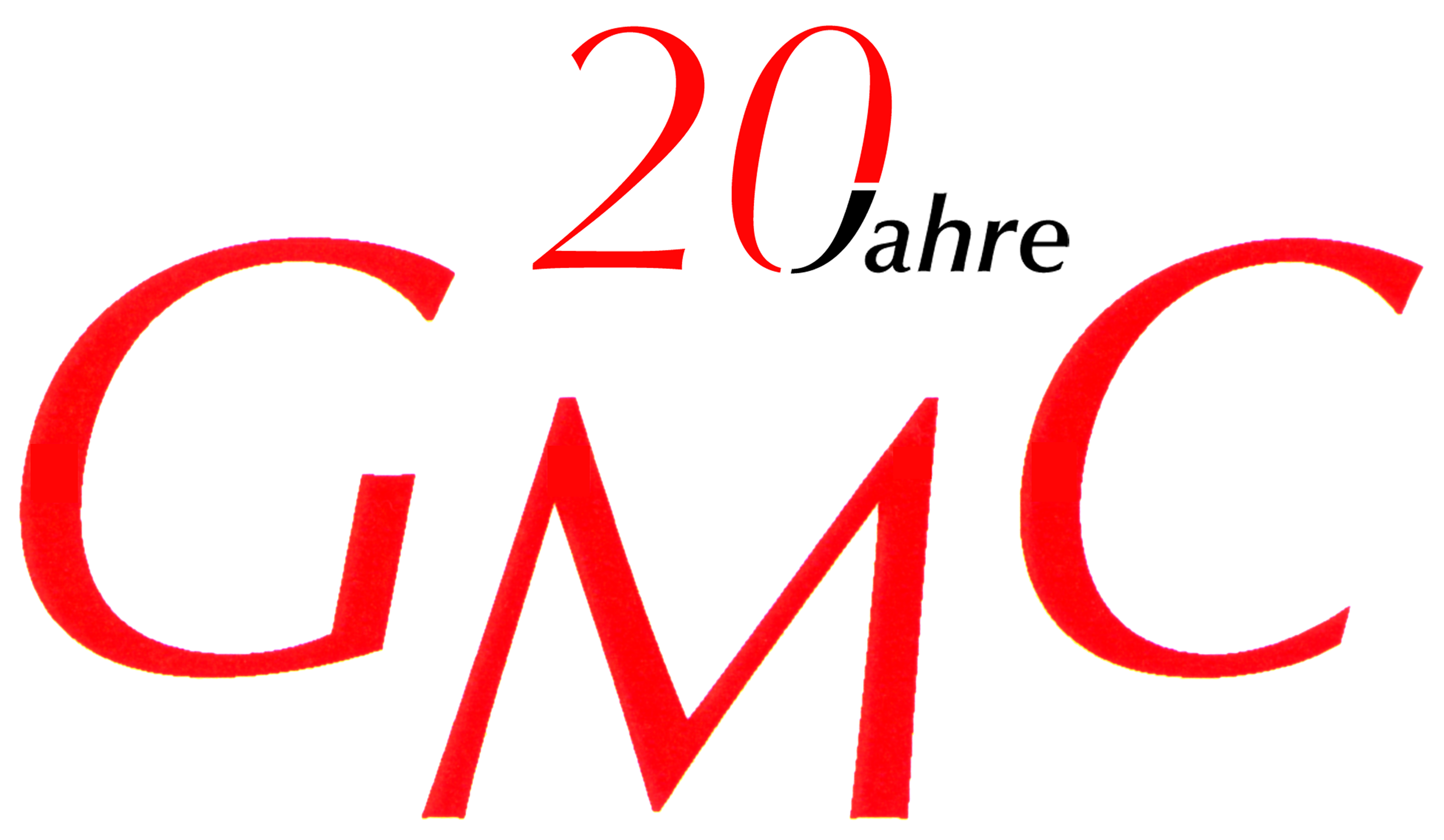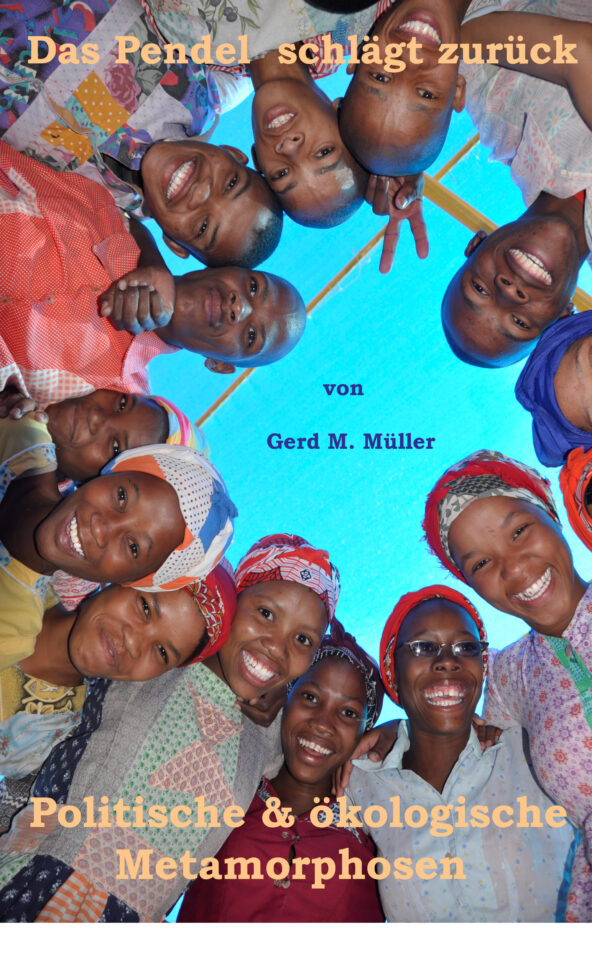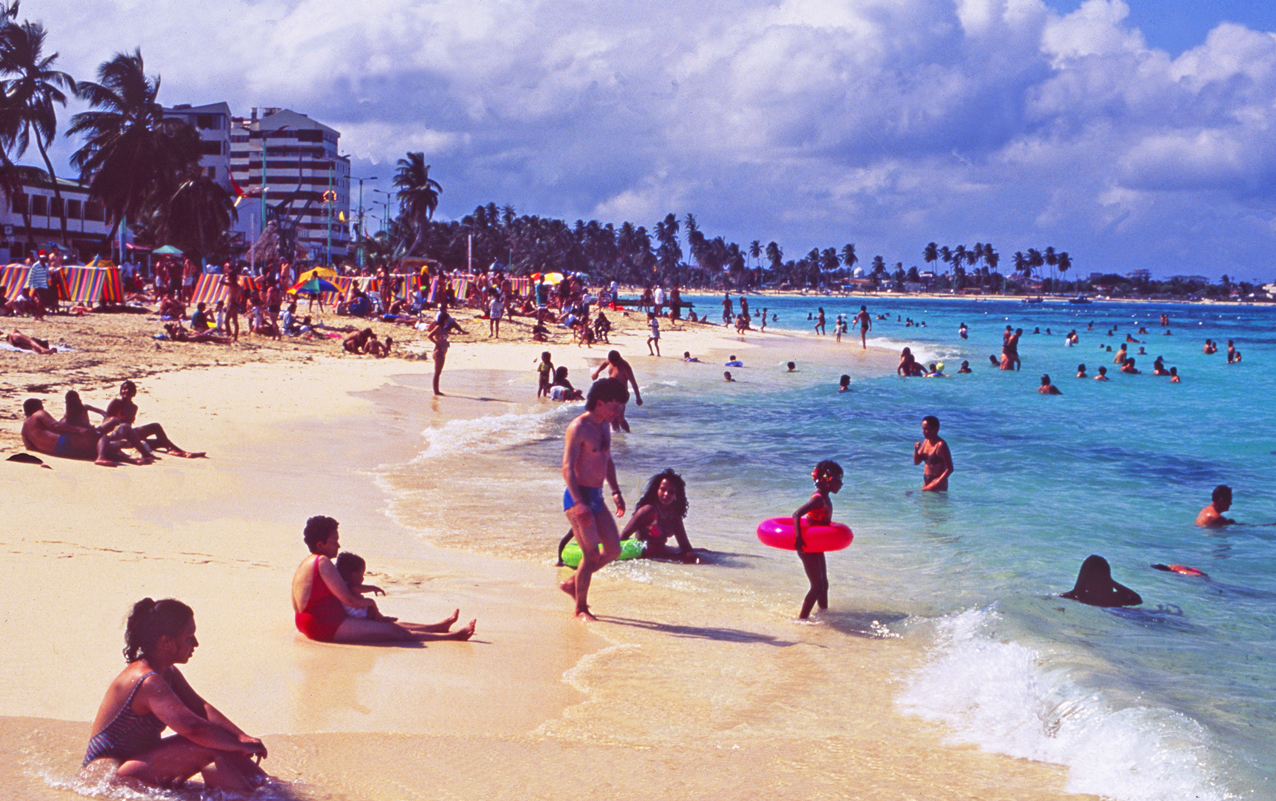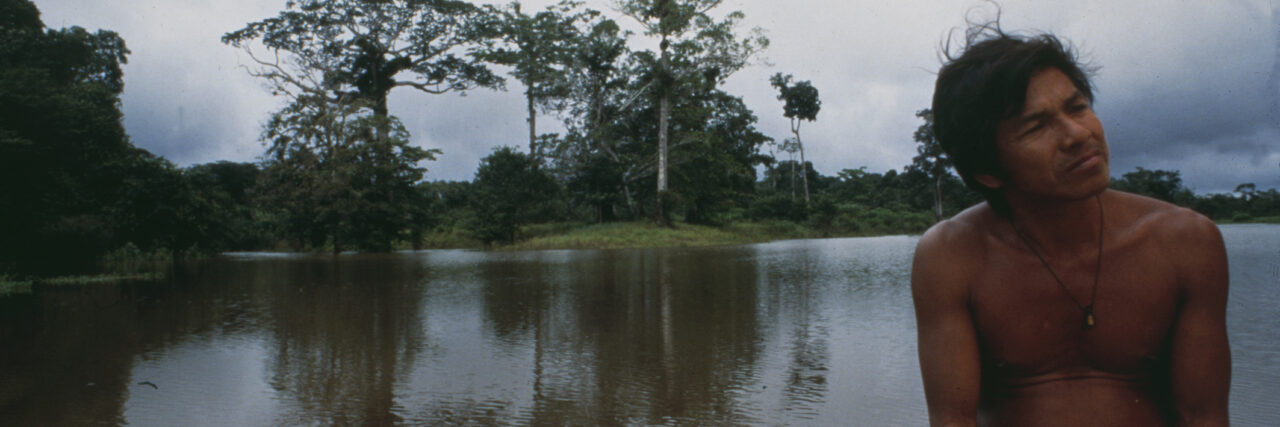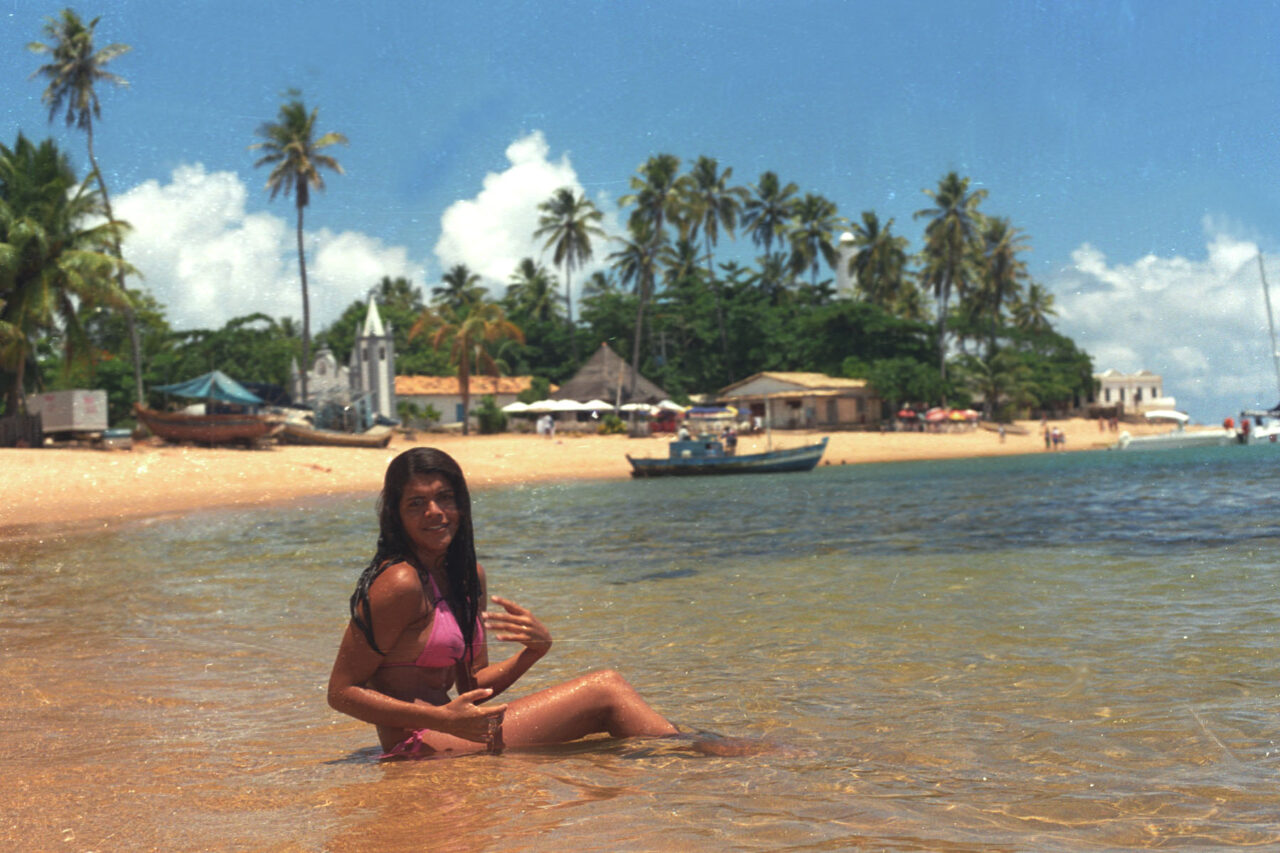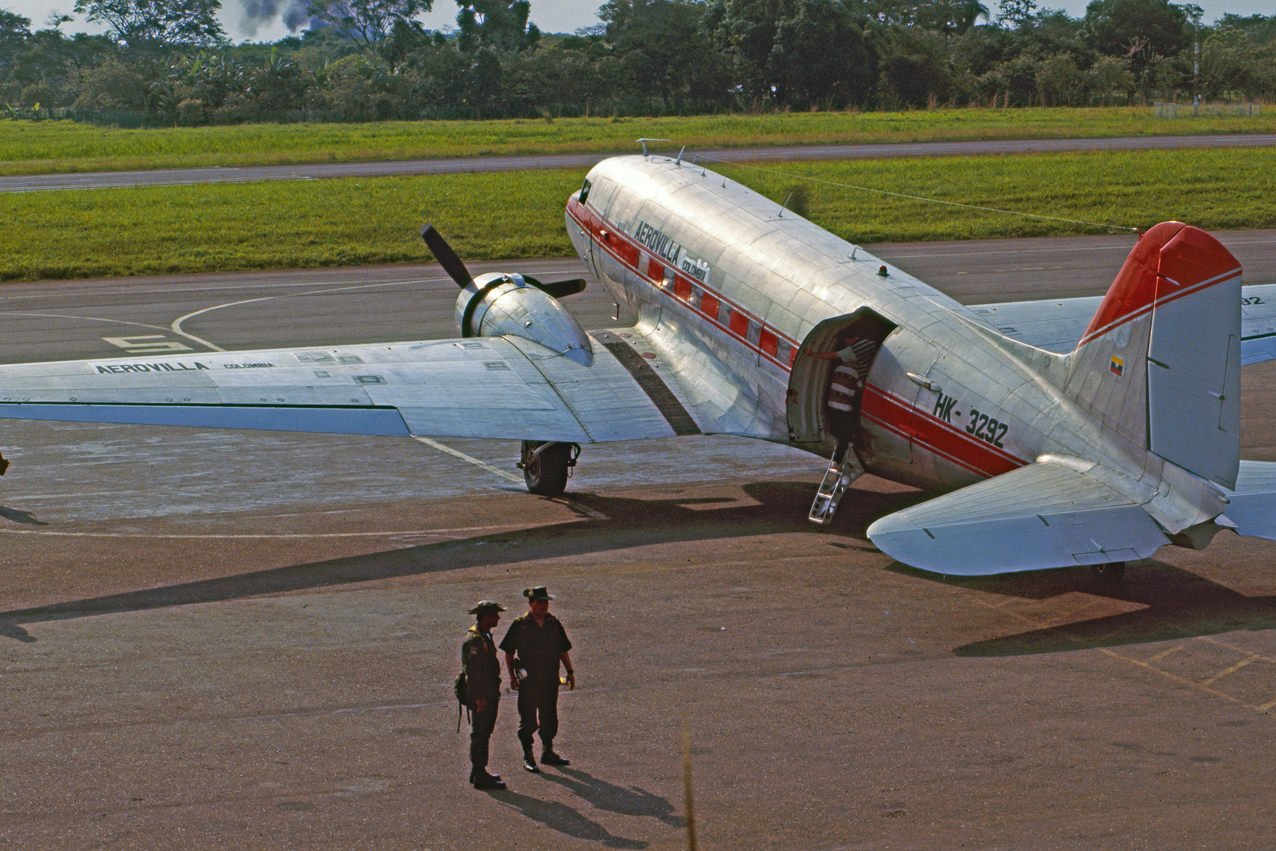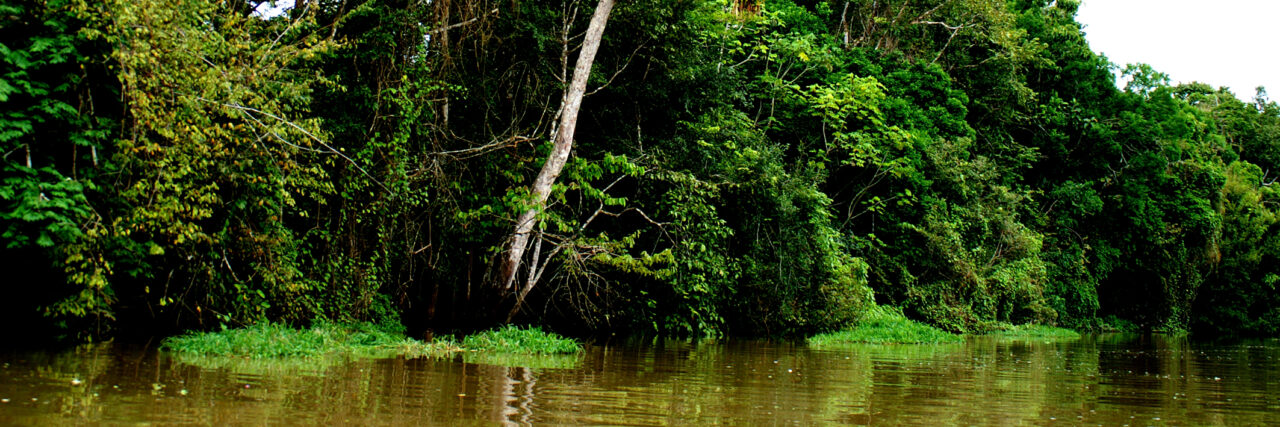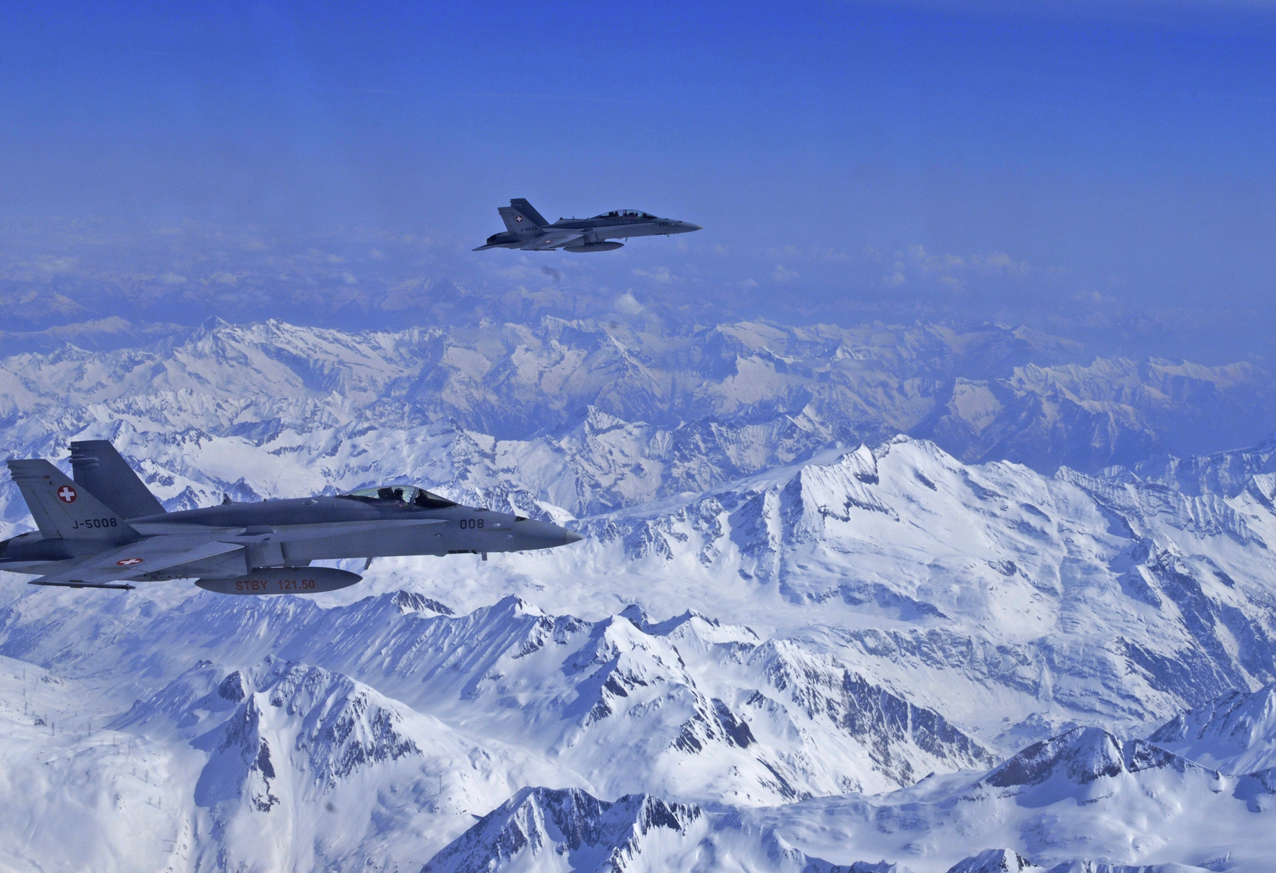FOREWORD
The author, Gerd Michael Müller, born in Zürich in 1962, traveled as a photo-journalist to more than 50 nations and lived in seven countries, including in the underground in South Africa during apartheid. In the 80 years he was a political activist at the youth riots in Zürich. Then he was involved in pioneering Wildlife & eco projects in Southern Africa and humanitarian projects elsewhere in the world. As early as 1993, Müller reported on the global climate change and in 1999 he founded the «Tourism & Environment Forum Switzerland». Through his humanitarian missions he got to know Nelson Mandela, the Dalai Lama and other figures of light. His book is an exciting mixture of political thriller, crazy social stories and travel reports – the highlights of his adventurous, wild nomadic life for reportage photography .
(please note that translation corrections are still in progress and images will follow soon)
Few countries, like Colombia, are peppered with such imposing scenic diversity and incomparable abundance of natural wonders as the fourth largest country in Latin America. The massless generosity of this paradisiacal gene bank of fauna and flora, spread between the Andes and the Amazon basin, is overwhelming. Unfortunately, when one hears or speaks of Colombia, one usually hears of drugs, murder and corruption. The guerrilla war of the „Farc“ (Fuerzas Armadas Revolucionarias de Colombia), is one of the longest and bloodiest civil wars apart from the Marxist terror of the „Shining Path“, the „Sender Luminoso“ in Peru. The civil war in Colombia has officially ended but the fundamental problems of the country and the widespread cultivation of cocaine are far from solved. There is no longer an all-powerful Pablo Escobar, but there are more rival drug cartels that make life difficult for the farmers and the population. But for now, let’s take a look at the fascinating and, for most people, unknown, beautiful sides of Colombia.
In Bogota I met my professional colleague, the aviation journalist and military pilot Hans-Jörg Egger. Together we flew from the capital of Colombia in all directions in one week on behalf of Swissair. First to Letica in the border triangle of Brazil, Colombia and Peru in the south of the country in the middle of the Amazon jungle, then to Cartagena in the colonial pearl, with the magnificent colonial style buildings similar to Havana. We continued on to Cali, then the drug stronghold of Pablo Escobar, another destination was Villa Vicencio, also known as a drug transshipment point, and finally we flew up to the Caribbean island of San Andres, which lies off the coast of Nicaragua. Quite an ambitious program in one week. The purpose of the trip: We were to put together a travel itinerary for the annual Swissair VIP shareholders trip and reconnoiter the best places where ancient aircraft types still fly around. It was to be a fantastic vintage aviation trip. Let’s go.
The harbingers of the jungle begin less than 100 kilometers from Bogota, but to get there you have to overcome the grueling pass road of the Sierra Oriental at an altitude of 3700 meters above sea level and then master and survive the winding descent on narrow paths along abyssal canyons down to a hundred meters above sea level. The sun is just sinking on the blood-red horizon above the steaming jungle, where tropical thunderstorms are violently raining down on the esmerald green jungle just before dusk, making the drive on the slippery pass road hell. After seven hours of driving we made it and arrived in Villa Vicencio.
After an interview with the airport director we board the silver fuselage of the DC-6, with which we fly through the lashing rain with loud propeller howling. The pilot’s forehead is also covered with thick beads of water, as it looks to him like difficult flying and landing conditions. Droning, the propeller engines fight against the dense cloud swaths of clouds that are quickly whizzing by. The view from the small round windows sweeps over the green jungle sea in the Amazon basin, the meandering river courses and island dots. Then the descent begins and we set down for landing, whereupon, relieved to have arrived undamaged, we taxi with the old jalopy over the bumpy jungle runway of Leticia in the border triangle.
Rarely do the sunny sides of Colombian life and the splendor of the Andean and jungle state come to light. But anyone who fearlessly confronts the terra incognita in South America’s Garden of Eden, despite poverty and violence, will be magically drawn to Colombia’s magic and the fiery temperament of its people. The north of Colombia is dominated by the eastern, western and central cordilleras. Three massive Andean strands rising to 5000 meters with snow-capped peaks, are the topographic panopticon of the country. They contain fertile valleys with volcanic ash soils on which coffee plantations, vegetable and grain fields and fruit trees flourish, fragrant flowers and spice plants bloom.
In Amazonia, it’s as if time has stood still. Fitzgeraldo’s adventures revive on the mental horizon – thousands of dangers still lurk in the tropical rainforest. The Yaguas Indians are not a threat, although they still blow deadly poisoned arrows from their blowpipes when hunting animals and birds. They never were, on the contrary they are the protectors of the jungle and defend it against the unwanted and destructive intruders. Unfortunately in vain. Visitors, however, after painting their faces with the green color of the Urucu tree, are mostly welcomed in a friendly manner, because they are a promising prey thanks to souvenir purchases.
Danger lurks more in the water and in the air than on the ground. Crocodiles and pirhanas prevent a cooling bath in the Amazon, parasites and malaria mosquitoes can quickly make your life miserable, poisonous spiders and insects can even make it hell, and then there is always a full concert here. Macaw parrots, howler monkeys, vultures, cormorants and ibises are always to be heard, an anaconda, a boa or a jaguar however one gets to see rarely. I was lucky enough to encounter two lazy jaguars that had made themselves comfortable under a shrub in the shade of the sultry heat. Those who set out with Capax under the expert guidance of the „Tarzan of Leticia“ were able to experience a lot and mostly returned from the jungle expedition to civilization unharmed.
Along the Andean foothills, endless savannahs with cattle pastures spread out in the north, turning into desert-like areas like the Guajira Peninsula in the east. White sandy beaches line the coasts of the Caribbean islands of San Andres and Providencia off Nicaragua’s coast. More than 40 nature reserves and national parks covering a total of 10 million hectares, which represent a kind of genetic treasure chest and information bank on the development of our planet, bear witness to Colombia’s immense fauna and flora wealth. The primeval sites of Colombia’s colonial metropolises, the villages of the Yagua Indians near Leticia in the border triangle, the Caribbean flair of the vacation island of San Andres off the coast of Nicaragua and the simple dwellings of the farmers in the magnificent Amazonian refuges slowly come together to form a grandiose microcosm.
Cartagena is one of the most beautiful colonial relics in all of Latin America and the highest of all emotions for historians, architects and the culturally ambitious. It was once the most important port city on the continent for the slave trade and the seat of the then dreaded Inquisition Tribunal. A place of many tragedies and their heroes, of adventurers and their legends, rich in castles, monasteries and museums, all of which are World Heritage Sites.
Overlooked by the Andes, embraced by the jungle and swayed by the Caribbean and Pacific symphony of oceans, the life of Colombians simmers between happiness and despair, anger and impotence, oscillating from exuberant joie de vivre, carried by joyful dance music like the cumbia, to the deepest sadness over the victims of poverty, drug barons, corrupt politicians and tyrants. Colombians live, love and suffer life to the fullest. One is swept along, dives in, perhaps submerges and, with a little luck, emerges more comfortable. Although the tough peace negotiations have led to the disarmament of the „Farc“ and the cessation of their attacks on the military and the civilian population, the amnesty has not brought about any atonement, any admission of guilt, and no coming to terms with the atrocities committed by the guerrillas with regard to the numerous victim families.
On the other hand, the farmers were denied the necessary support for infrastructure (roads, electricity, water) in inaccessible regions, so that in many jungle regions they have no choice but to grow cocaine. In addition, the Colombian government is now clearing more and more virgin forest, not for an agrarian reform that would help the farmers, but solely for the exploitation of the timber industry, which is clogging up the narrow waterways, the only transport routes accessible by boat, with logs, making it impossible to transport other goods such as bananas, vegetables or fruit. Since there are no roads, no electricity and no local administration, the farmers are helplessly at the mercy of the drug cartels. Very few have an alternative to coca cultivation.
At the end of our trip to Colombia, Hans-Jörg and I arrived at the airport in Bogota, as always in the last few days, only shortly before departure. We had gotten used to the fact that 15 minutes was enough to board the plane. This worked well with all Colombian flights, but the upcoming flight to Ecuador, was just a foreign flight. We had not thought about that and that the procedure would take much longer. When we arrived at the counter and learned that boarding was already completed, I showed the check-in counter employees two business cards and said: „Stop the airplaine, now immediately“ and just ran through the gate past the surprised securities out onto the airfield, Hans-Jörg gasped next to me, after all, we both had a lot of camera luggage around and in tow. Without being shot at, we ran towards the plane, which had closed all doors and was taxiing to the runway.
At the same time, however, we saw a stair car racing towards the aircraft and the jet stopped. After a few dozen meters we had made it and were allowed to rush up the stairs, whereupon the boarding door was opened and we could board. „Wow, what awesome action!“ Why did the plane stop, you ask? Well, one business card was that of the Colombian Minister of Aviation and the other, that of the Bogota Airport Director. Both of these people we had interviewed before. And so it happened that for us two Swiss journalists in Colombia, a commercial airliner on an international flight was stopped on the taxiway for departure so that the two VIPs could board.
Someone should try that in Zurich, Frankfurt or London. Since our boarding was already quite spectacular, we were also allowed to take turns in the third pilot seat in the cockpit of this plane and experience the flight to Quito with the pilots. There, for the first time, I became visibly aware of how fast it goes when two commercial airliners race toward each other at 700 kilometers per hour each. I was able to witness this during the spectacular landing approach in Quito, when a plane that had taken off from there was first a small dot that quickly grew larger and closer and seconds later flew very close and very fast past our cockpit. Even more blatant was the flight with the Equadorian military aircraft over the Andes, during which I was quite dazed as a result of the acceleration. I was not as fit as a military pilot after all! Anyway, this was my most spectacular trip as an aviation journalist and I would like to return to Colombia and spend much more time there.
